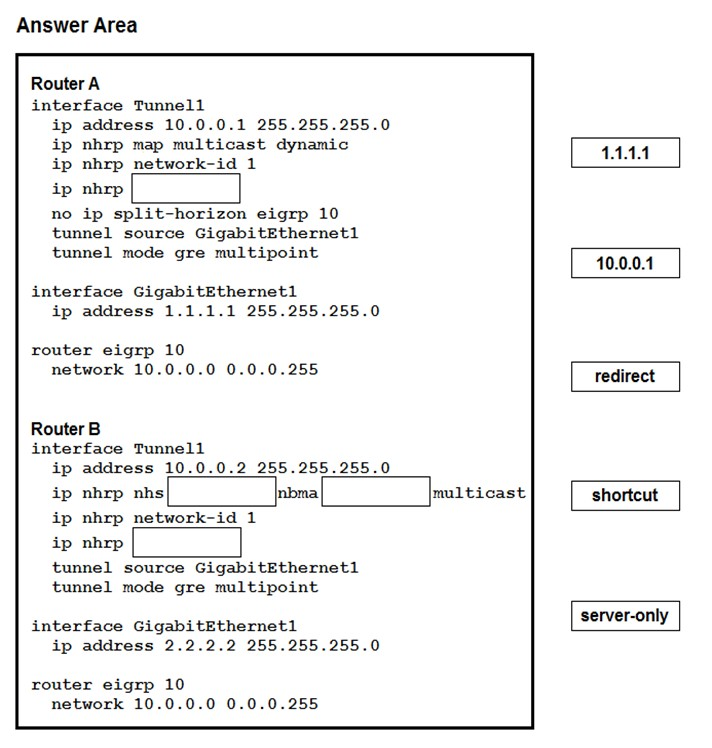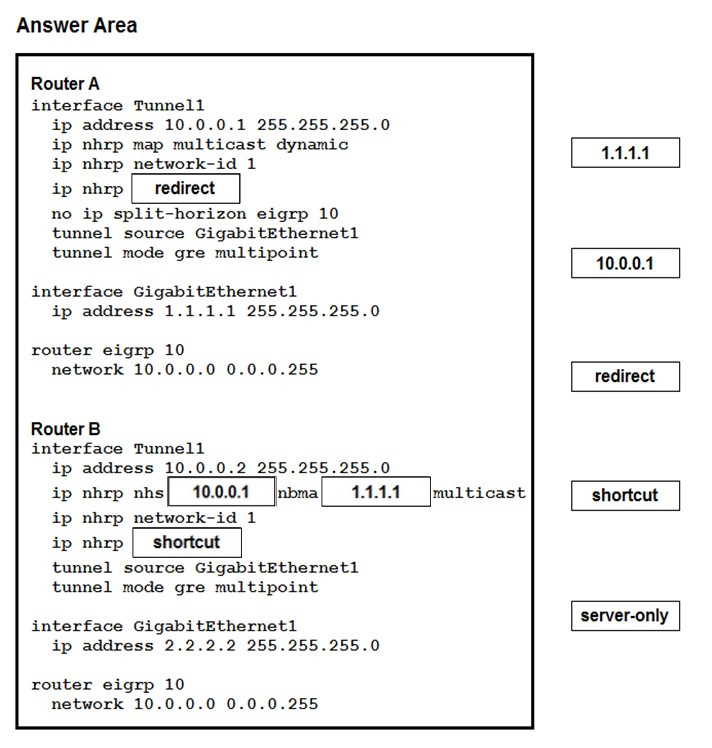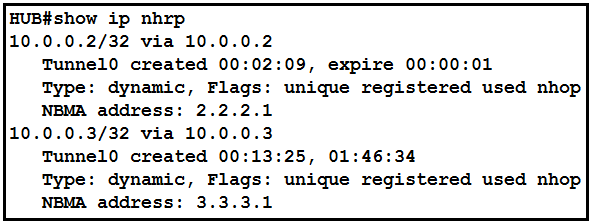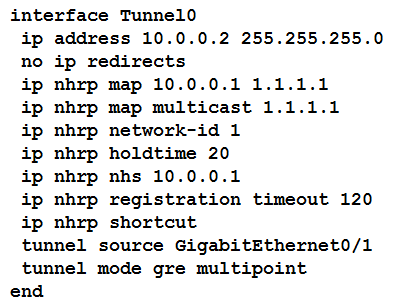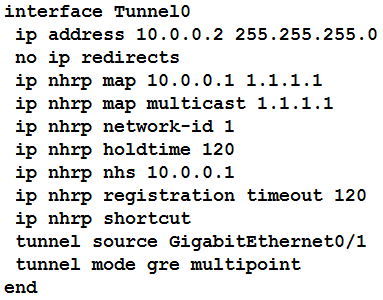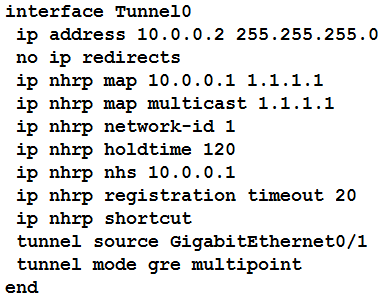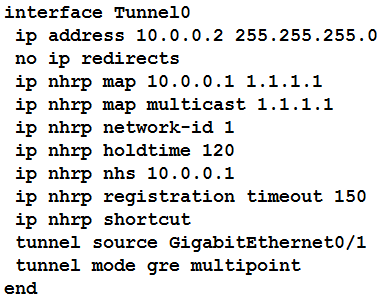Implementing Secure Solutions with Virtual Private Networks (SVPN 300-730)
Here you have the best Cisco 300-730 practice exam questions
- You have 172 total questions to study from
- Each page has 5 questions, making a total of 35 pages
- You can navigate through the pages using the buttons at the bottom
- This questions were last updated on March 27, 2025
